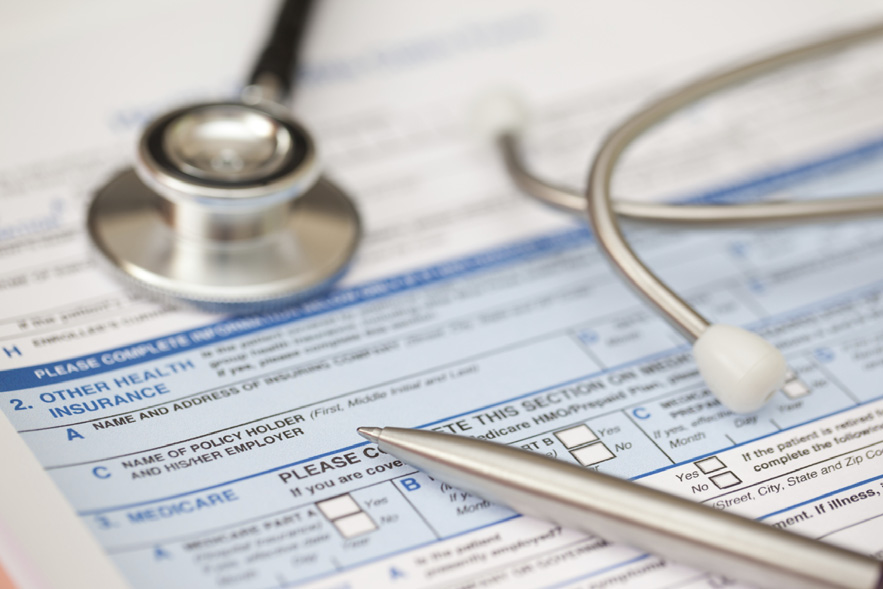Perhaps one of the most talked-about and anticipated components of the CARES Act on the individual tax front is the Economic Impact Payment.
Single tax filers with adjusted gross income up to $75,000 will receive the full payment of $1,200; married couples filing jointly with adjusted gross income up to $150,000 will receive the full payment of $2,400. In both cases, an additional $500 will be received for a qualifying child (under 17 years of age). For tax filers whose income exceeds the thresholds, the payment amount is reduced by $5 for each $100 above the threshold. With that being said, single filers with no qualifying children will not receive a payment if their income is over $99,000 and joint filers with no qualifying children will not receive a payment if their income is over $198,000.
What About College Students?
If a college student is between the ages of 17 and 23, inclusive, and claimed as a dependent on a parent’s tax return, then the student will not receive a $1,200 stimulus payment and the parent(s) will not receive the additional $500 payment. If the college student is 16 or younger, then the parent(s) will receive the additional $500 payment as long as they provide more than half of the student’s total support for the year.
There have been many questions as to how non-filers will receive their payments, and also many questions as to how filers will receive their payments. In order to address these questions and concerns, the IRS partnered with the File Free Alliance to develop an easy-to-use tool that will help taxpayers who do not have a filing requirement enter basic information so they can receive their payments as soon as possible.
Who Should Use this Tool?
- Taxpayers who did not file a tax return for 2018 or 2019, and who do not receive Social Security or other non-taxable payments including survivors, disability (SDDI), or survivor benefits and Railroad Retirement benefits.
- Taxpayers who did not file a tax return for 2018 or 2019 because they are under the income limits and thus were not required to file.
contact a member of Withum’s Tax Group.
What Information Will You Need?
- Full name, current mailing address and an email address.
- Date of birth and valid Social Security number.
- Bank account number, type and routing number, if you have one.
- Identity Protection Personal Identification Number (IP PIN) you received from the IRS earlier this year, if you have one.
- Driver’s license or state-issued ID, if you have one.
- For each qualifying child: name, Social Security number or Adoption Taxpayer Identification Number and their relationship to you or your spouse.
Where Can I Find the Tool?
- Online HERE.
When Can I Expect My Economic Impact Payment?
- Automatic payments are to begin being disbursed this week for eligible taxpayers who filed tax returns for either 2018 or 2019 and chose direct deposit of their refunds.
- Eligible taxpayers who receive Social Security and other non-taxable payments will automatically receive a payment in the “near future.”’
How Do I Check the Status of My Economic Impact Payment?
The IRS is building a tool that is expected to be available for use later this week. The tool will allow taxpayers to check the status of their payment including the date their payment is scheduled to be deposited into their bank account or mailed to them. If the Economic Impact Payment has not yet been scheduled for delivery, the “Get My Payment” tool will allow taxpayers to provide their bank account information so they can receive their payment more quickly.
Author: Dan Mayo, JD, LLM | [email protected] and Nicole DeRosa, CPA, MAcc | [email protected]
Business Tax Services




